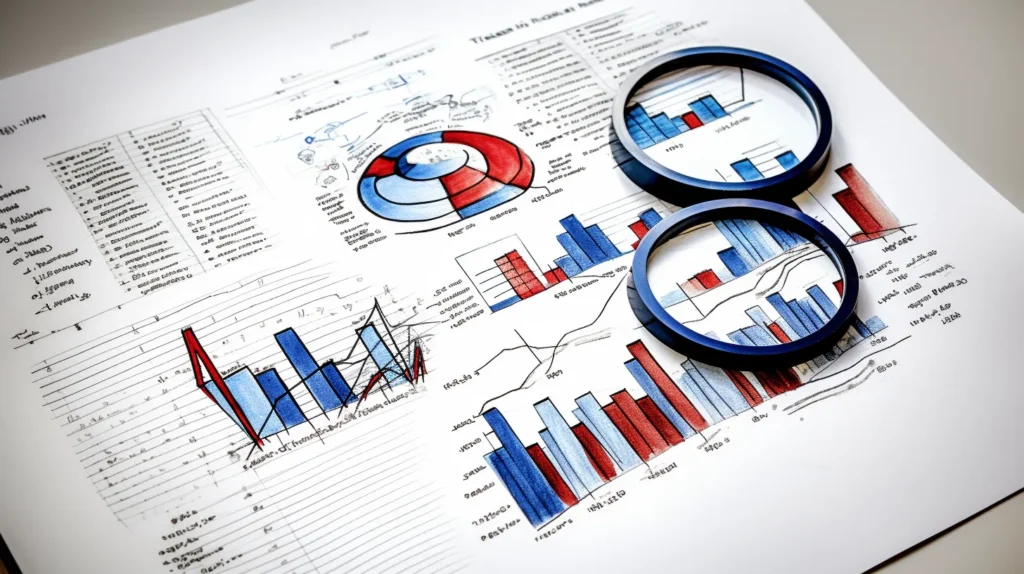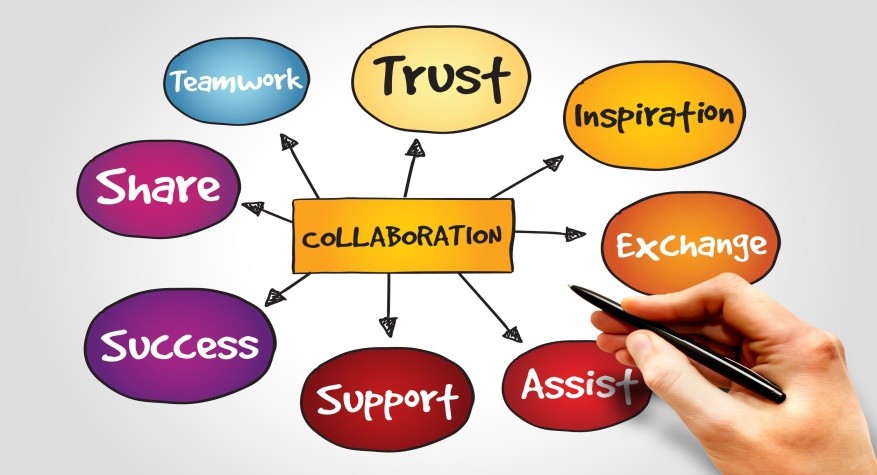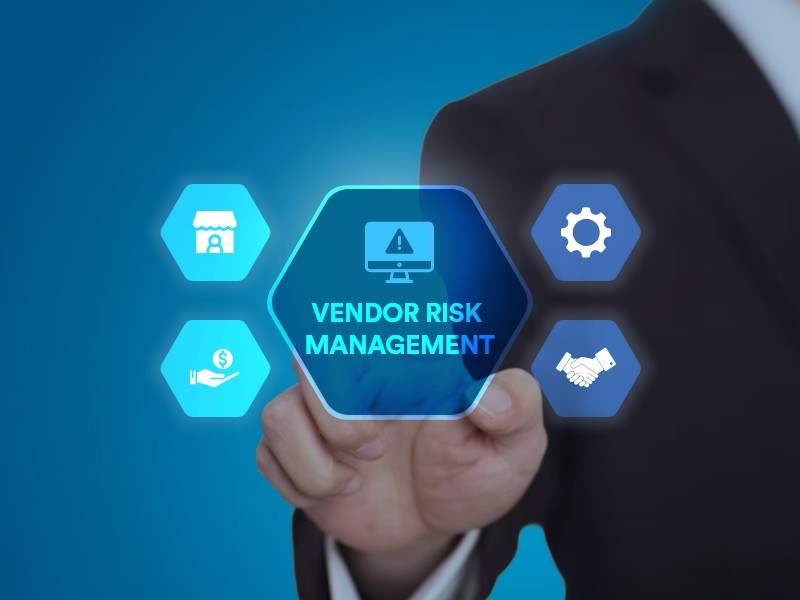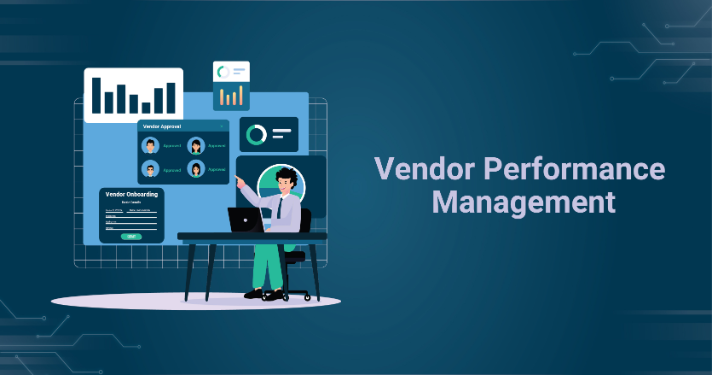Managing IT vendors effectively is critical for maintaining operational efficiency and ensuring that technology investments deliver the desired outcomes. As organizations increasingly rely on external vendors for software, hardware, cloud services, and other IT solutions, it’s crucial to have a clear strategy for monitoring and managing vendor performance. One of the most powerful tools to achieve this is Vendor Management Software (VMS), which helps streamline the process, providing real-time insights and data to keep vendor relationships aligned with business goals.
In this post, we will explore the fundamental steps to effective IT vendor performance management, and how Vendor Management Software can enhance each step to ensure that your IT vendors are delivering value.
1. Establish Clear Vendor Performance Metrics

The first step in managing IT vendor performance effectively is establishing clear performance metrics. These metrics should be aligned with your business objectives and the specific deliverables you expect from each vendor. Common key performance indicators (KPIs) include service uptime, response times, adherence to service level agreements (SLAs), product quality, and cost efficiency.
With Vendor Management Software, you can set and track these KPIs automatically. The software allows you to establish benchmarks for vendor performance and ensures that all parties are aware of the expectations from the outset. By using data-driven metrics, IT departments can evaluate vendor performance consistently and objectively.
2. Monitor Vendor Performance in Real-Time
Once performance metrics are established, the next step is continuous monitoring of vendor performance. This ensures that you can detect issues before they escalate into more significant problems. Manually tracking vendor performance can be time-consuming and error-prone, which is where Vendor Management Software proves invaluable.
VMS provides real-time monitoring capabilities, allowing you to see how vendors are performing against the agreed-upon metrics. This visibility enables you to take immediate action if a vendor is underperforming, whether that means addressing the issue directly with the vendor or considering alternative solutions. Real-time tracking ensures that vendors are consistently meeting your company’s expectations and service standards.
3. Conduct Regular Performance Reviews
Regular performance reviews are essential to maintaining healthy vendor relationships. These reviews provide an opportunity to assess how well vendors are meeting their performance metrics and offer a platform for discussing improvements or potential changes in service. During these reviews, both IT leaders and vendors can address any concerns, renegotiate terms, or discuss future collaboration opportunities.
Vendor Management Software simplifies this process by generating detailed performance reports based on real-time data. Instead of gathering performance data manually, VMS automatically compiles the necessary information, giving you a comprehensive overview of each vendor’s performance. This helps IT departments facilitate more productive performance reviews, where decisions are based on accurate, up-to-date insights.
4. Collaborate and Communicate Effectively with Vendors

Strong communication is key to managing vendor relationships effectively. IT departments should maintain open lines of communication with vendors to ensure that any issues are addressed promptly and that vendors remain aligned with business goals. Vendor Management Software can support this by centralizing communication, enabling collaboration through shared dashboards and project management tools.
VMS allows you to document all interactions with vendors, including emails, service tickets, and meeting notes, so that there is a clear record of all communications. This transparency helps avoid misunderstandings and ensures that both parties are always on the same page. Additionally, the software can send automated alerts to vendors when performance metrics deviate from expected standards, prompting quicker responses and resolutions.
5. Incorporate Vendor Feedback and Continuous Improvement
Effective IT vendor performance management is not a one-way street. To get the best results from your vendors, it’s important to incorporate their feedback and work towards continuous improvement. Vendors often have valuable insights that can help optimize processes, streamline workflows, or enhance the overall service delivery model.
Using Vendor Management Software, IT departments can collect and analyze vendor feedback to identify areas for improvement on both sides of the relationship. This collaborative approach helps build stronger partnerships and ensures that both your company and its vendors are continuously evolving to meet new challenges and business needs.
6. Mitigate Vendor Risks

Vendor risk management is a critical part of ensuring effective vendor performance. IT departments must be vigilant about identifying and mitigating risks associated with their vendors, such as financial instability, non-compliance with regulations, or security vulnerabilities. Vendor Management Software offers robust risk management tools that help you monitor and mitigate these risks proactively.
By using VMS, IT teams can track a vendor’s financial health, compliance with industry regulations, and performance history. The software can also issue automated alerts if there are red flags, such as a vendor’s failure to meet contractual obligations or any significant financial changes. This risk-based approach allows you to take proactive measures to address issues before they become major problems, safeguarding your organization from potential disruptions.
7. Optimize Contract and SLA Management
Managing vendor contracts and SLAs is a fundamental part of vendor performance management. IT departments must ensure that all contracts are up-to-date, with terms that reflect current business needs and performance expectations. Vendor Management Software automates the contract and SLA management process, providing tools to track renewal dates, review contract terms, and ensure that all parties are compliant with the agreed-upon terms.
VMS offers automated reminders for contract renewals and allows for a more streamlined review process, ensuring that IT leaders have ample time to renegotiate terms if necessary. This ensures that vendors are held accountable for their performance and that your IT department is getting the best possible service at a competitive price.
8. Ensure Alignment with Business Goals
One of the critical aspects of IT vendor performance management is ensuring that vendor services align with the broader business objectives. Often, IT departments manage a wide array of vendors providing diverse services, from cloud computing and cybersecurity solutions to software development and infrastructure support. For these vendors to deliver optimal value, their performance must be measured against how well they contribute to achieving business goals.
Vendor Management Software plays a vital role in this alignment by linking vendor performance metrics to strategic business objectives. With VMS, IT leaders can configure specific performance indicators that reflect the company’s growth goals, cost-efficiency targets, or innovation milestones. This ensures that vendors are not only meeting technical requirements but also contributing to the organization’s competitive advantage and long-term success.
By integrating business objectives into vendor performance reviews, IT departments can foster a culture of collaboration that benefits both parties. When vendors understand the company’s vision and are incentivized to align with it, they are more likely to go above and beyond, offering innovations or efficiencies that directly support business growth.
9. Use Data-Driven Insights for Continuous Vendor Improvement
Continuous improvement is at the heart of effective IT vendor performance management. IT departments must regularly evaluate vendors and seek opportunities to optimize performance, reduce costs, or improve service delivery. Vendor Management Software enables IT leaders to use data-driven insights to inform these improvements.
By analyzing historical performance data, contract terms, and service levels, IT teams can identify patterns and trends that signal opportunities for improvement. For example, if a vendor consistently meets response times but struggles with service quality, VMS data can pinpoint specific areas where additional support or renegotiation may be needed. Conversely, if a vendor exceeds expectations in certain areas, that vendor might be a candidate for expanded roles or longer-term contracts.
These data-driven insights allow IT departments to create actionable improvement plans tailored to each vendor. Whether it’s restructuring SLAs, enhancing communication protocols, or implementing new technologies, continuous improvement ensures that vendors evolve alongside the business and continue delivering value.
10. Foster Long-Term Vendor Partnerships
Effective vendor performance management isn’t just about monitoring and evaluating—it’s also about building long-term, mutually beneficial partnerships. Vendors that feel valued and trusted are more likely to invest in their relationship with your organization, providing higher-quality services and innovative solutions that help your business stay competitive.
Vendor Management Software helps IT departments foster these long-term partnerships by creating a collaborative and transparent environment. VMS provides tools for regular communication, performance tracking, and feedback, ensuring that both parties stay aligned and engaged throughout the relationship. As a result, vendors are more likely to view your organization as a strategic partner rather than just another client.
Long-term partnerships also lead to greater efficiencies and cost savings over time. As vendors become more familiar with your company’s operations and objectives, they can deliver more tailored services and propose solutions that better fit your evolving needs. This continuity strengthens vendor relationships and ensures that both IT and business goals are consistently met.
11. Track Vendor Compliance and Legal Obligations

In today’s regulatory landscape, ensuring that IT vendors comply with legal and contractual obligations is more important than ever. Non-compliance with data security, privacy regulations, or industry standards can expose your organization to legal risks, fines, and reputational damage. Vendor Management Software provides robust compliance tracking tools that help IT departments stay ahead of these risks.
VMS ensures that vendors are meeting compliance requirements by automatically tracking key contractual obligations, regulatory compliance, and industry certifications. It can also issue alerts if a vendor’s compliance status changes, such as lapses in certifications or failure to meet data protection standards. With this proactive approach, IT departments can mitigate compliance risks before they lead to more serious issues.
Additionally, Vendor Management Software generates detailed compliance reports that can be shared with internal auditors, legal teams, or regulatory bodies. These reports provide a clear, documented trail of a vendor’s compliance history, ensuring that your organization can demonstrate its diligence in managing third-party risks.
12. Leverage Automation to Boost Efficiency
One of the most significant advantages of Vendor Management Software is its ability to automate many of the manual, time-consuming tasks involved in IT vendor performance management. From tracking contract renewals to generating performance reports, VMS automates workflows that would otherwise require significant administrative effort. This automation boosts efficiency, allowing IT leaders to focus on more strategic aspects of vendor management.
For example, instead of manually compiling vendor performance data from various systems, VMS automatically collects and aggregates the information, generating comprehensive reports with just a few clicks. Similarly, VMS automates contract management by sending alerts when contracts are nearing renewal or when performance reviews are due.
By streamlining these tasks, Vendor Management Software not only saves time but also reduces the risk of human error. With automated processes in place, IT departments can maintain a high level of accuracy in managing vendor relationships, ensuring that performance is tracked consistently and efficiently.
13. Drive Innovation Through Strategic Vendor Collaboration
Innovation is a key driver of success in today’s technology-driven world. For IT departments, vendors can be a valuable source of innovation, offering new solutions, processes, or technologies that help the business stay ahead of the curve. Vendor Management Software enables IT departments to collaborate strategically with vendors to drive innovation.
Through VMS, IT teams can engage vendors in discussions about new products, services, or technologies that could benefit the organization. The software allows vendors to submit proposals, track joint projects, and share progress updates in real-time, creating a collaborative environment for innovation. Additionally, VMS helps evaluate the success of these innovations by tracking their impact on key performance metrics.
By fostering this culture of collaboration, IT departments can position their vendors as partners in innovation, ensuring that the latest technological advancements are incorporated into the organization’s operations.
Conclusion
Effective IT vendor performance management is a vital component of running a successful technology operation. By implementing these fundamental steps, IT departments can ensure that their vendors are not only meeting contractual obligations but also contributing to the overall success of the business. Vendor Management Software is an indispensable tool in this process, providing real-time visibility, data-driven insights, and automation to streamline every aspect of vendor management.
Through Vendor Management Software, IT departments can optimize vendor relationships, mitigate risks, and drive continuous improvement. This proactive, collaborative approach ensures that vendors remain aligned with the company’s strategic objectives and consistently deliver value. In the fast-paced world of technology, effective vendor performance management, supported by VMS, is key to maintaining a competitive edge and ensuring long-term success.





